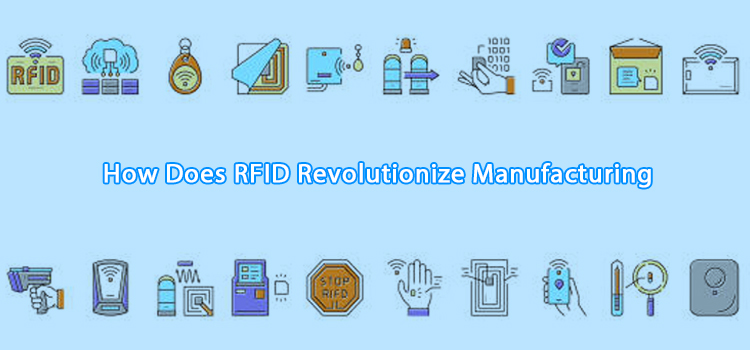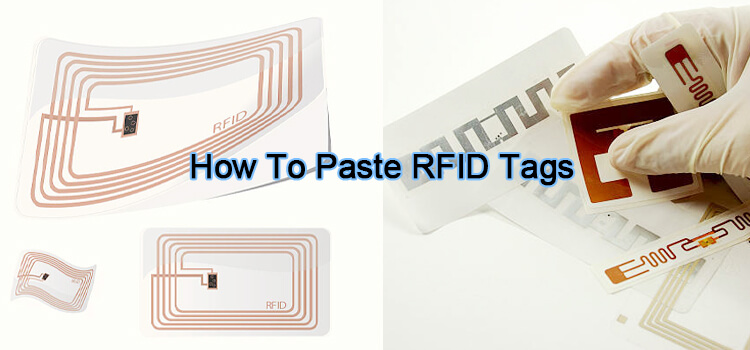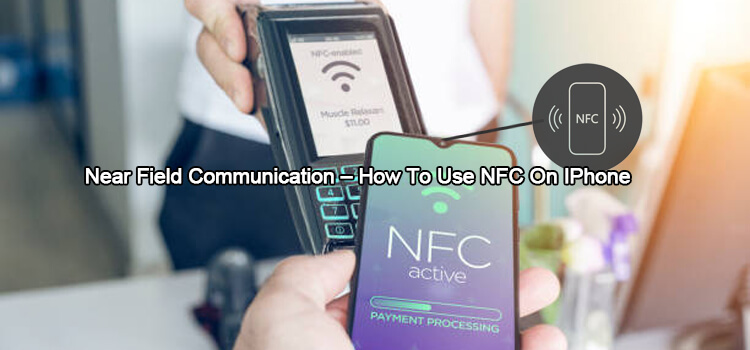If you value your jewelry, you appreciate the need to keep track of them. Whether you run a jewelry store or want to keep track of your collection, RFID jewelry tags can provide the perfect solution.
This article details why you need RFID jewelry tags and how they can help you secure your collection. We’ll also provide a few tips on how to use them effectively.
What is an RFID Jewelry?
RFID refers to Radio Frequency Identification. It is a technology that uses electromagnetic fields to identify and track objects.
RFID jewelry tags are small devices that can be attached to your jewelry. They contain the following:
- A Chip. A microchip is the central processing unit of the tag. It contains information about the jewelry to which it is attached.
- An Antenna. This part transmits and receives signals from an RFID reader.
- A Substrate. This material reinforces the tag and protects the chip and antenna.
Overall, RFID jewelry tags are small. They are designed in a way that they will not alter the appearance of the jewelry to which they are attached. This way, you can keep track of your jewelry without compromising its aesthetic value.
Why You Need RFID Jewelry Tags
You’ll get numerous benefits by using RFID jewelry tags. These include:
- Asset Tracking. You’ll be able to keep track of your jewelry at all times. This is essential if you run a jewelry store or want to keep track of a personal collection.
- Inventory Management. RFID tags can help you manage your inventory more effectively. You’ll be able to track your jewelry in real-time and ensure that you always have the right pieces in stock.
- Security. RFID tags can deter theft and help you recover stolen jewelry. If a piece of jewelry is stolen, you’ll be able to identify using the tag’s unique ID number.
- Facilitates Billing. You can use RFID tags to automate your billing process. This is especially useful if you run a jewelry store. At the checkout, the RFID reader will automatically identify the pieces of jewelry and generate an invoice.
How Do RFID Jewelry Tags Work?
RFID jewelry tags work by transmitting a signal to an RFID reader. The reader then decodes the signal and uses it to identify the jewelry to which the tag is attached.
To make a comprehensive jewelry tags system, you should follow these steps:
- Choose the Right RFID Jewelry Tags
Selecting an RFID tag for your jewelry collection depends on a few factors. You should consider the frequency at which the tag operates. There are three main frequencies: low-frequency (LF), high-frequency (HF), and ultra-high-frequency (UHF).
LF RFID tags are ideal for tracking jewelry over a short distance. They are often used in stores to track inventory. On the other hand, HF and UHF RFID tags are better for tracking jewelry over a longer distance. They are often used in anti-theft applications.
You should also consider the size of the tag. RFID tags come in a variety of sizes, from large to small. The size of the tag you choose will depend on the jewelry to which it will be attached. The smaller the tag, the less obtrusive it will be.
Finally, you should consider the features of the tag. RFID tags come with different features, such as password protection and encryption. These features add an extra layer of security to your jewelry collection.
- Attach the RFID Jewelry Tags
Once you’ve selected your ideal RFID jewelry tags, you need to attach them to your jewelry. This can be done in several ways, depending on the type of tag you’ve chosen.
Some tags come with an adhesive backing. You can peel and stick them onto your jewelry. Other tags must be attached to your jewelry using a clasp, rivet, or other fasteners.
- Choose the Right RFID Reader
To track your jewelry collection, you need an RFID reader. There are a few things to consider when choosing an RFID reader. First, you need to consider the range at which you want to track your jewelry. RFID readers come with several options, from short-range to long-range.
Second, you need to consider the connectivity of the reader. You can connect RFID readers to a computer via USB, Ethernet, or Wi-Fi. Finally, you should consider the features of the reader. RFID readers have diverse features, such as the ability to read multiple tags simultaneously.
- Install the RFID Software
After you’ve selected the right RFID jewelry tags and RFID reader, you need to install the RFID software. This software will allow you to track and manage your jewelry collection.
There are a variety of RFID software options on the market. Some are industry-specific while others are general use.
When choosing an RFID software, you should consider the features you need. For example, if you want to track the location of your jewelry, you’ll need software with GPS tracking capabilities.
- Test the RFID System
After you’ve installed the RFID software, you need to test the system. This will ensure that the system is working properly.
To test the system, you should first attach an RFID tag to a piece of jewelry. Then, you should scan the jewelry with the RFID reader. The software should be able to track the location of the jewelry.
If you’re satisfied with the results, you can then roll out the system to your entire jewelry collection.
Where to Buy RFID Jewelry Tags?
If you’re looking for RFID jewelry tags, you can find them online. There are a variety of online retailers that sell RFID tags. Always consider the price, selection, and shipping options, Please contact us.
If you need large quantities, you can order from Xinyetong RFID Tags Manufacturer. We can provide you with bulk discounts.
Additionally, we can custom-print your tags with your company logo. These customization options can help create a professional look for your jewelry collection.





